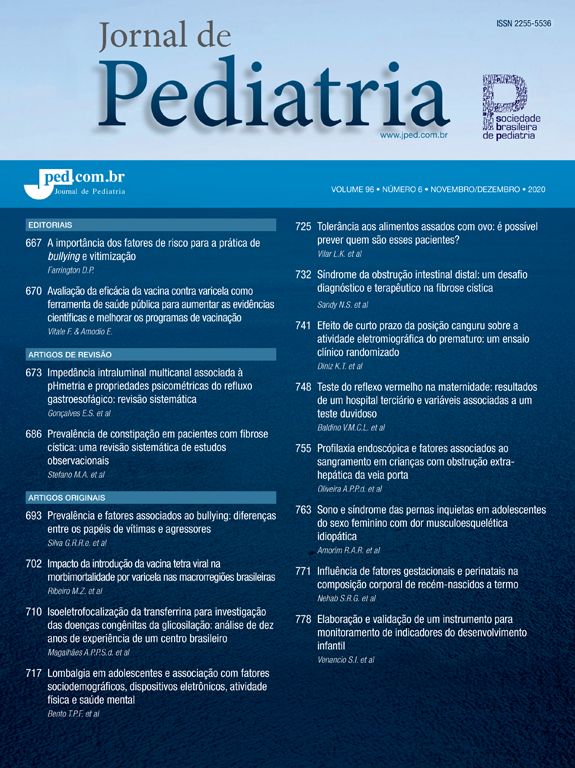This paper reports a study assessing risk factors for low birth weight (LBW), preterm and intrauterine growth retardation (IUGR) in a sample of 936 mothers who delivered babies in the Canguçu Hospital, a rural area of southern Brazil. Traditional risk factors for delivering LBW, preterm and IUGR were examined. The relative importance of the risk factors was studied through risk calculation and logistic regression analysis. Some risk factors for LBW such as low maternal education and number of prenatal consultations were not associated with the risk of delivering babies in any of the three risk groups. Hospitalization during pregnancy and maternal age less than 20 years were confirmed as risk factors for LBW. In the preterm group, low maternal weight and hospitalization during pregnancy showed significant association after control for confounders. The results suggest that there are specific targets for intervention in each of the three groups, and some traditional risk factors must be redefined according to the characteristics of each population.
O fator de impacto mede o número médio de citações recebidas em um ano por trabalhos publicados na revista durante os dois anos anteriores.
© Clarivate Analytics, Journal Citation Reports 2025
O CiteScore mede as citações médias recebidas por documento publicado. Mais informação
Ver maisSJR é uma métrica de prestígio baseada na idéia de que todas as citações não são iguais. SJR utiliza um algoritmo similar ao page rank do Google; é uma medida quantitativa e qualitativa ao impacto de uma publicação.
Ver maisSNIP permite comparar o impacto de revistas de diferentes campos temáticos, corrigindo as diferenças na probabilidade de ser citado que existe entre revistas de distintas matérias.
Ver mais







